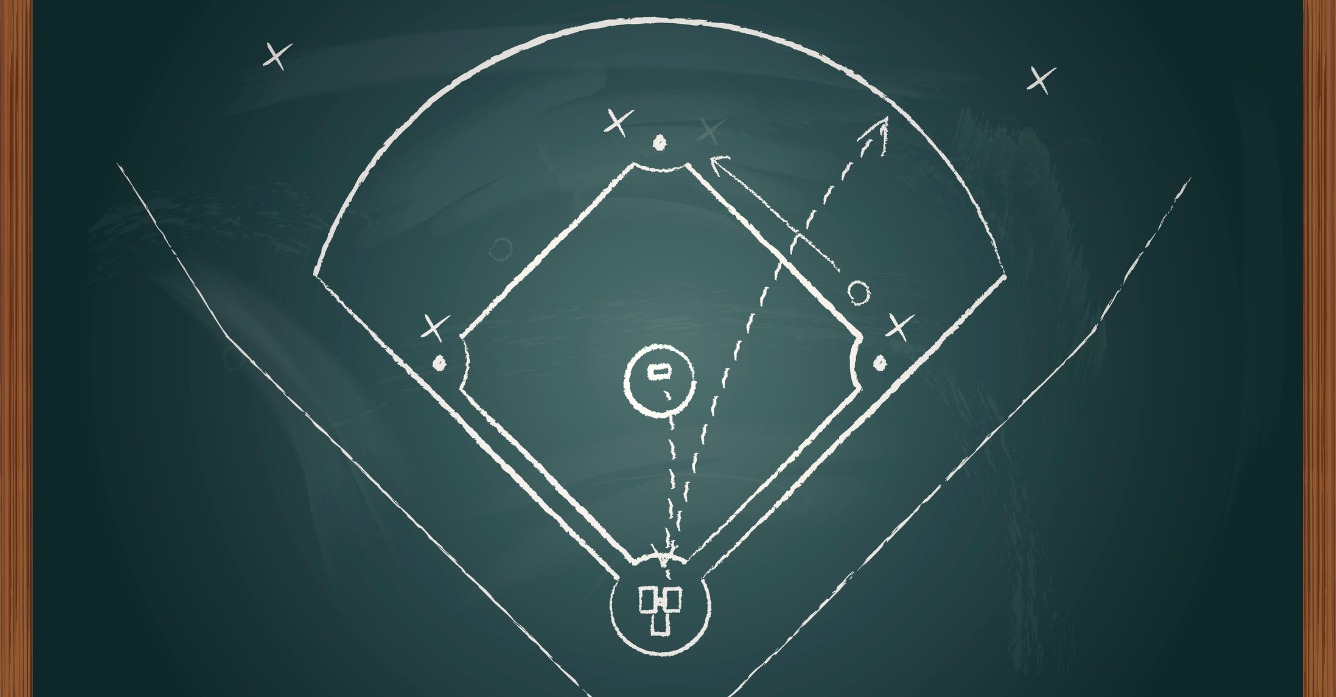3 minute read
Act Two: Moneyball, Sabermetrics and Retail Forecasting

In part one of this series, we introduced a statistical approach used in baseball called sabermetrics—the methodology employed in the 2011 hit movie Moneyball. Based on a true story, the movie depicted how the Oakland Athletics’ (the A’s) General Manager Billy Beane (portrayed by Brad Pitt) faced the challenge of building a successful team on his franchise’s limited budget. He hired Assistant General Manager Peter Brand (portrayed by Jonah Hill) to utilize sabermetrics to scout, analyze and place players in their optimal positions, which resulted in a record-breaking 20-game winning streak.
As we saw in our first post, sabermetrics has some very strong similarities to analytic approaches currently being used in retail environments. One particularly interesting and relevant connection is how sabermetrics provides predictions of future performance for a given player or team. When past execution data is available on a player or team, sabermetrics can predict the average future performances for the next season. Thus, it’s possible to make predictions with a certain probability about the number of wins and losses.
Intelligent forecasting is key to predicting retail performance
Predicting future metrics, like sales, items or customers, in retail is extremely critical to future planning but is also very complicated. In retail, this is called forecasting. Forecasting has seen tremendous advancements in the last several decades. Not only can numerous algorithms be utilized to forecast future metrics, but using artificial intelligence, machines can become more accurate over time. Yet some retailers still use basic year-over-year growth calculations to produce this critical forecast that drives all planning efforts for the business. This old-school approach lacks inclusion of seasonality trends, misses recent sales patterns, and omits inflation changes, to name a few outdated aspects.
New advanced prediction models use machine learning and algorithms to produce forecasts and budgets that help retailers better understand their anticipated needs versus taking high-level guesses at them…or worse, bundling them all together by “focusing on key items, and just applying a general set of assumptions to the rest.” Taking years of historical data in combination with tags that highlight certain events such as sales, holidays, weather and more allows machine learning to produce forecasts that are far more accurate than the old approach.
Bringing it to life
Let’s draw from an example in the movie Moneyball to help illustrate this point. After Beane hired Brand, Brand’s first day on the job included his 51 player evaluations for Beane. Brand used elaborate projection algorithms to take historical player performance metrics to produce projections for each player. This provided Beane with a full understanding of how a player is forecasted to perform overall. He then used that to build out his entire team, which went on to set the winning streak record that year. Although this post speaks more to forecasting data metrics in retail, the predictive advantage seen in sabermetrics is similar to what we find in retail when organizations forecast effectively.
While many retailers understand the need for accurate forecasting, they find it really difficult to implement. According to RSR Research as cited in the post linked above, there was a 20 percent gap between those great retailers that found forecasting valuable and those that actually utilized it. One major reason is because of forecast error, an issue that antiquated forecasting systems cannot consider due to the variable complexity that a retailer must account for when developing predictions. How does a retailer handle forecast error? Beyond hiring the best demand planners in the business, consider hiring a vendor that has both the industry expertise (e.g., knows which variables to consider) and the technological capacity (e.g., knows how to include those variables in algorithms) to help.
With forecasting methodologies continuously evolving with machine learning, it’s critically important for retailers to stick with that evolution journey. Just like Beane advanced his player prediction approach by hiring Brand, retailers should also be looking for how they can advance their forecasting approach by using the latest technology as well as best-suited vendors with the industry expertise to take it to the next level.



